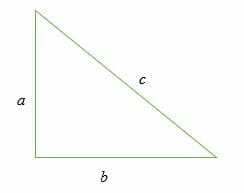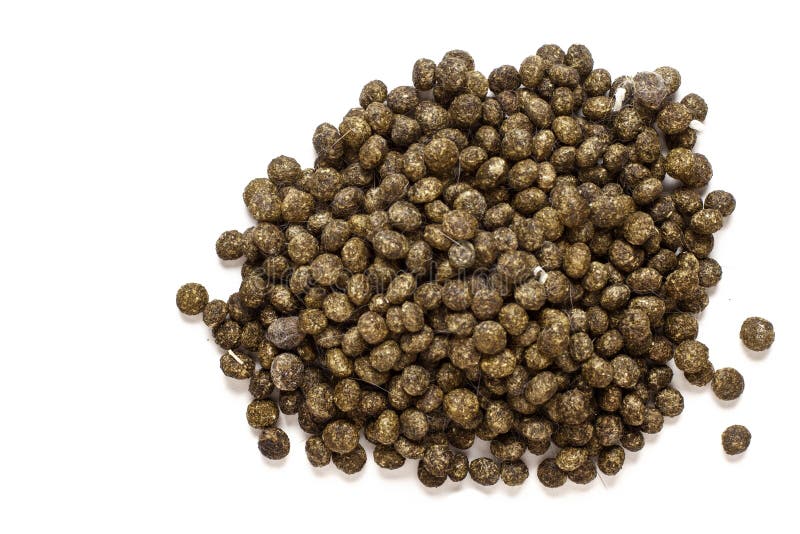Hello! Finally, I’m back. Anyways…

Recently, my friend had to go on a vacation, and they decided to leave their rabbit with us. So, I thought it would be interesting to take some notes on how the rabbit behaved.
First off, this rabbit is large. In fact, probably overweight and overgrown. It is about 13 inches long (14 when stretched out), with a shoulder height of 6.75 inches. I also measured its tail (1.5 inches long) and its hind foot measured at 4 inches – extra large to provide a long leap. It’s ears are three inches long, by the way.
Food and water consumption:
Again, this rabbit ate a lot. However, I was a bit dumb, and did not actually measure the amount of food we put in, and how much was left. Instead, I measured the food container, a triangular prism with measurements of:

a: 3 inches
b: 7 inches
c: 8 inches
D (width): 9 inches
Go ahead and figure out the volume if you want.
We filled the entire container (with grass stalks and small leaves, mostly) at 7:30 AM, and checked again twelve hours later. When we checked, the food filled up:
a: 3 inches
b: 4 inches
c: 5 inches
D (width): 9 inches
As for water, we gave it one and a half cups at 7:30 AM, and when we returned, it had drank just about one cup of water.
Waste:
Now, this rabbit pooped a lot. For real. In 20 hours, it managed to expel 270 pellets (with a diameter of 1/4 inch) of poop. Also, this rabbit did not care at all about tidiness – although it sometimes pooped in its waste box, the rest of the poop was scattered all throughout the cage, where we had to carefully pick it up with clamps and throw them away. The pellets mainly consisted of undigested, yellow grass, and the normal bacteria and mucus. They are very moist when ‘fresh’, but quickly dry up.

Behavioral notes:
The rabbit freezes when it senses the presence of any humans, but it doesn’t try to scamper away.
The rabbit never blinks, unless something has deliberately irritated its eye.
It’s eyes are nearly entirely made up of pupil, with pink-white edges.
The eyes bulge outwards slightly, and are located on the side of the head. This means that it can see better when you are standing right next to it, rather than in front.
Thanks for reading! -written by EZ